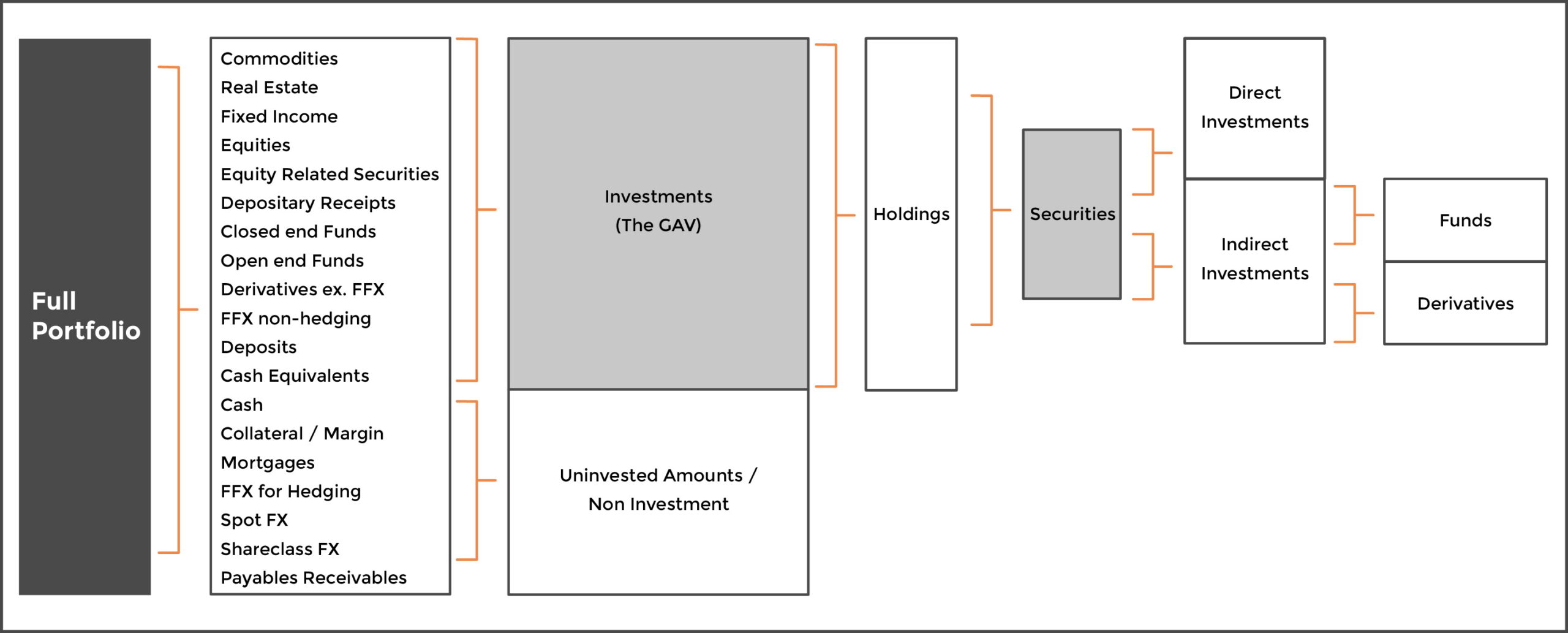Our objective to is to ensure that rules are written clearly and precisely. For an example of clear, concise rule writing click here.
Please see below for summary details of our rules writing style guide and for an overview of how we interpret prospectus wording.

